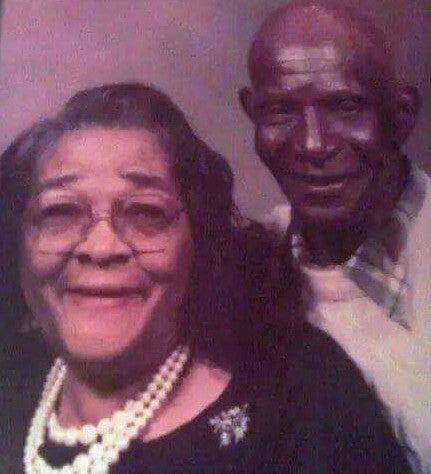Cohill Drive highlights city’s black history
Published 1:41 pm Tuesday, February 12, 2019

- Maynard and Alene Cohill have a street in Alabaster bearing their last name. (Contributed)
By Nathan Howell / Staff Writer
ALABASTER– Every year, the month of February is set aside to remember the struggles, achievements, culture and history of African Americans in the United States and throughout the world.
Alabama in particular hosts a rich history of African American culture with notable figures like Dr. Martin Luther King Jr. and Rosa Parks, but an even more complex history of notable locals is often left out of the history books and left only to memories.
A prime example of local history that has not been lost lies with the name of a road in Alabaster, Cohill Drive, designated for Maynard Jackson and Alene O’Neal Cohill.
The Cohills were originally from Vincent, but moved to Alabaster in the 1940’s where Maynard found a great job at the time with a railroad company. The family coped with the racist societal constraints of segregation and Jim Crow laws, and were still able to save money and build a successful life in the deep south.
They eventually became known in the community as “upper class black people,” according to their Great-Grandson Adrian Rhinehart, who said they were “the first black people to own a television in the community.”
Members of the community recall being invited to the home by Maynard to “to sit on the porch where he had the tv out to watch boxing matches and major league baseball games,” said Rhinehart.
The Cohills felt that it was important to give back to their community and continued to support it throughout their lives. Maynard was a deacon at the Liberty Baptist Church in Alabaster. Alene became “a member of the Starlight Chapter No. 81 order of Eastern Star, she also worked several years cleaning, cooking and working for the cities well known Doctor Dr. Frank Abernathy,” said Rhinehart.
Though they were not leaders of a revolutionary nationwide movement, their lives were still revolutionary in changing the perception about what kind of lives African Americans were able to lead in an everyday local setting. Their history is enshrined in the family they left behind and a street sign reading “Cohill Drive.”









